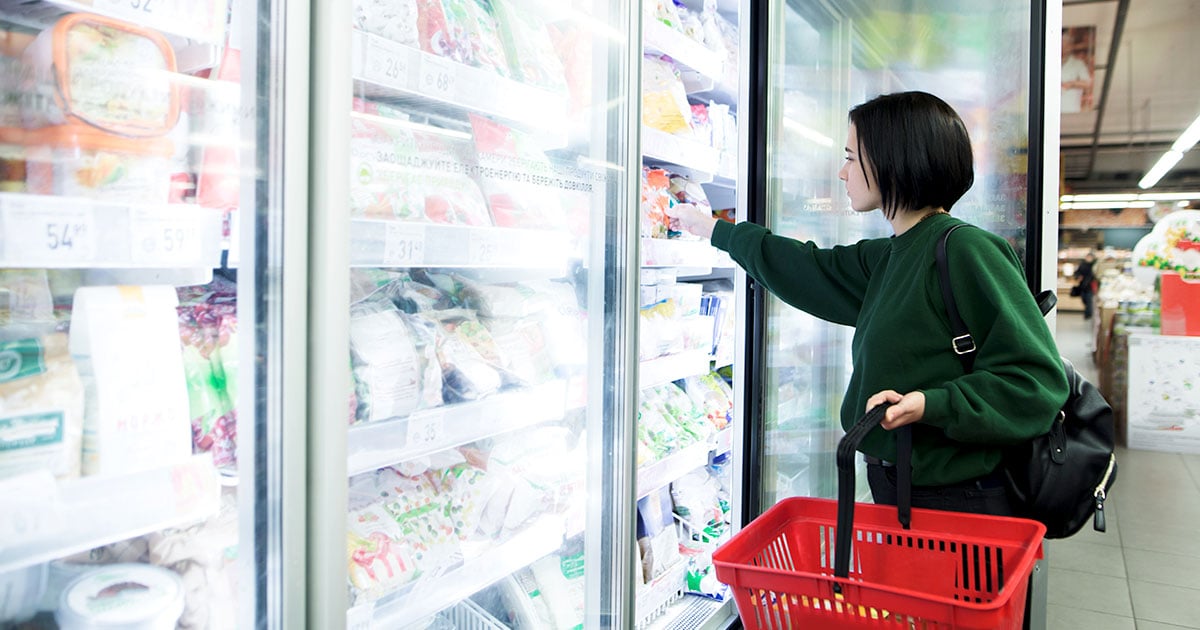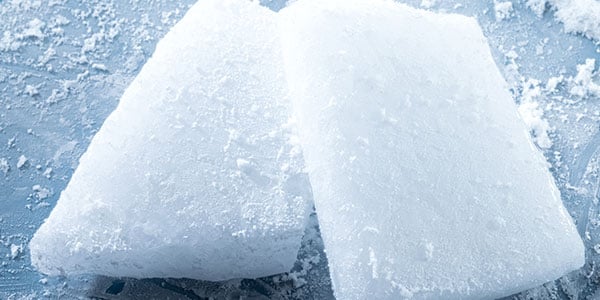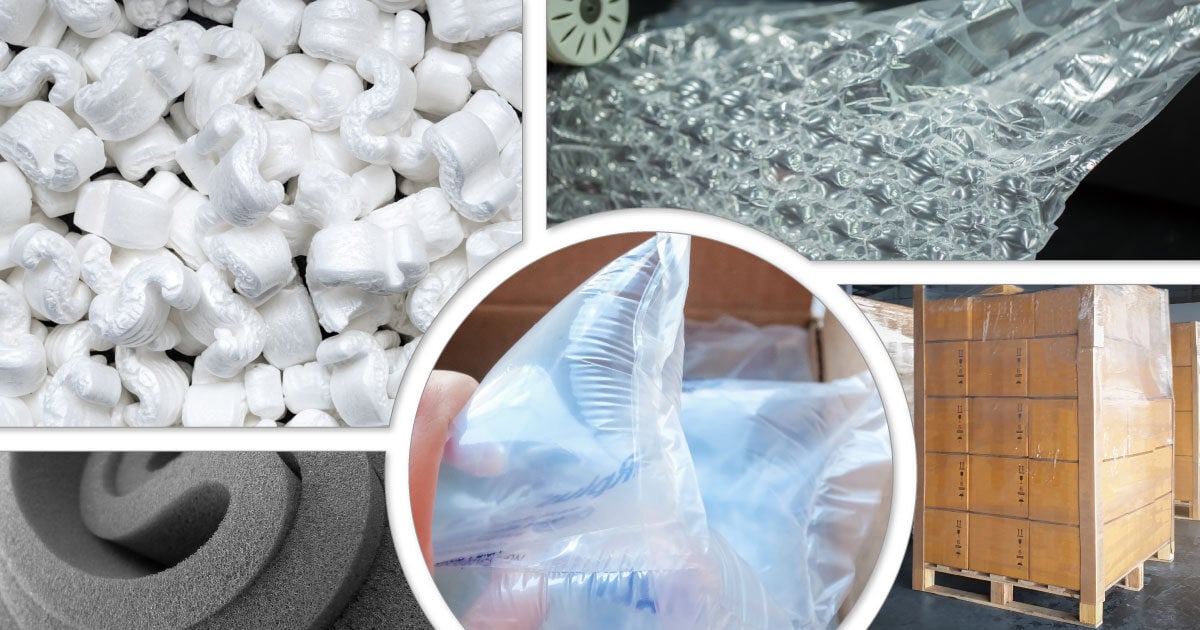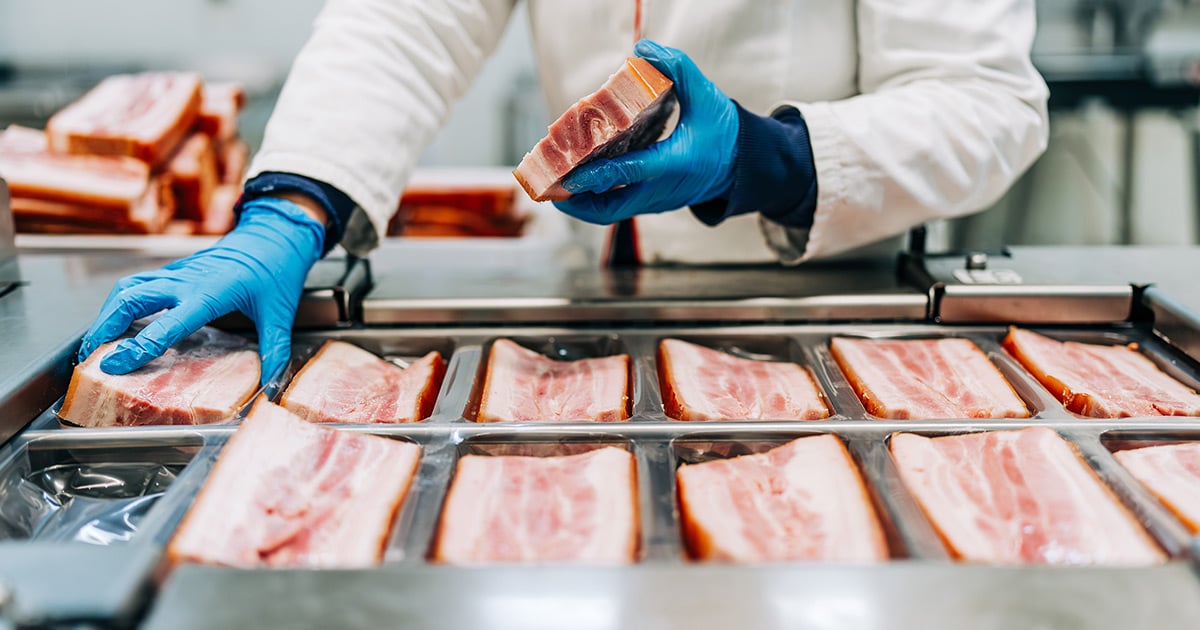10 min read
Beat the Heat! Cold Packaging to Protect Your Products
While many people enjoy the warm weather and outdoor activities that summer brings, high temperatures can also pose a significant risk of essential...
3 min read
 BradyPLUS Editorial
:
June 04, 2025
BradyPLUS Editorial
:
June 04, 2025

While many people enjoy the warm weather and outdoor activities that summer brings, high temperatures can also pose a significant risk of essential items overheating. If your business involves the large-scale distribution of perishable goods—such as pharmaceuticals, fresh produce, or biologics—ensuring proper cold chain integrity is critical.
Why is cold storage packaging important? What options are out there? How do I decide what packaging is right for me?
We've got the answers, so you can keep your heat-sensitive items at the temperature they should be.
Improperly packaged perishables can be potentially life-threatening, particularly for food and pharmaceutical items. If food is not at the right temperature during transit or when stored, the risk for bacterial growth rises substantially, and pharmaceutical items can lose effectiveness if they overheat.

There are two primary types of temperature control packaging systems—passive and active—and in some cases, a hybrid approach may be necessary to maintain product integrity throughout complex or extended shipping routes.

Passive systems use insulation and refrigerants (such as gel packs, dry ice, and insulated containers) to maintain a specific temperature range for a fixed duration, typically between 12 to 120 hours. These systems do not require external power, making them cost-effective and ideal for:
Pros: Affordable, scalable, and easy to deploy
Cons: Limited duration and less precise temperature control

Active systems are powered solutions (battery- or electric-based) that use built-in thermostatic controls to maintain a precise temperature range, regardless of external conditions. These systems are more expensive but are essential for:
Pros: Precise, long-lasting, and compliant with strict regulatory standards
Cons: Higher cost, heavier, and may require training or infrastructure
In complex logistics scenarios—such as multi-leg international shipments—a hybrid approach may be required. A bulk shipment may begin in an active temperature-controlled container for international transport. Once it reaches a regional distribution center, the products may be repackaged into passive systems for last-mile delivery.
Not all cold storage packaging options are the same. Even if both say “gel ice pack,” some gel packs may have additional benefits while others are lacking. It is essential to read the manufacturer’s details of the products that you are considering.
Here is a list of the most common cold storage packaging materials, their uses, and their pros and cons. Most of these items are used in combination with one another.
Common Types
Applications
Pros
Cons
Common Types
Applications
Pros
Cons
Mailers are best to help keep small items slightly cooler, but they do not provide extreme temperature control. Several options are available.
Insulated Containers are ideal for most applications that require a cooler temperature for a longer period, and they come in many forms: cardboard, plastic, foam, and more. They are often used in combination with cold packs and additional liners.
Insulated Liners are ideal for most applications that require longer travel times at colder temperatures. They are often used in combination with insulated containers and ice packs.
At BradyPLUS, we will listen to your business objectives, ask the right questions, and help you find packaging solutions that keep your items at the right temperature during this very hot summer. Contact us today, and our cold storage packaging experts will get to work.

10 min read
While many people enjoy the warm weather and outdoor activities that summer brings, high temperatures can also pose a significant risk of essential...

14 min read
For manufacturers, ensuring your products arrive at their destination in pristine condition is paramount. The last thing you want is to deal with...

13 min read
In 2025, food industry packaging is experiencing a rapid transformation. This is causing food processors and foodservice operators to reevaluate how...